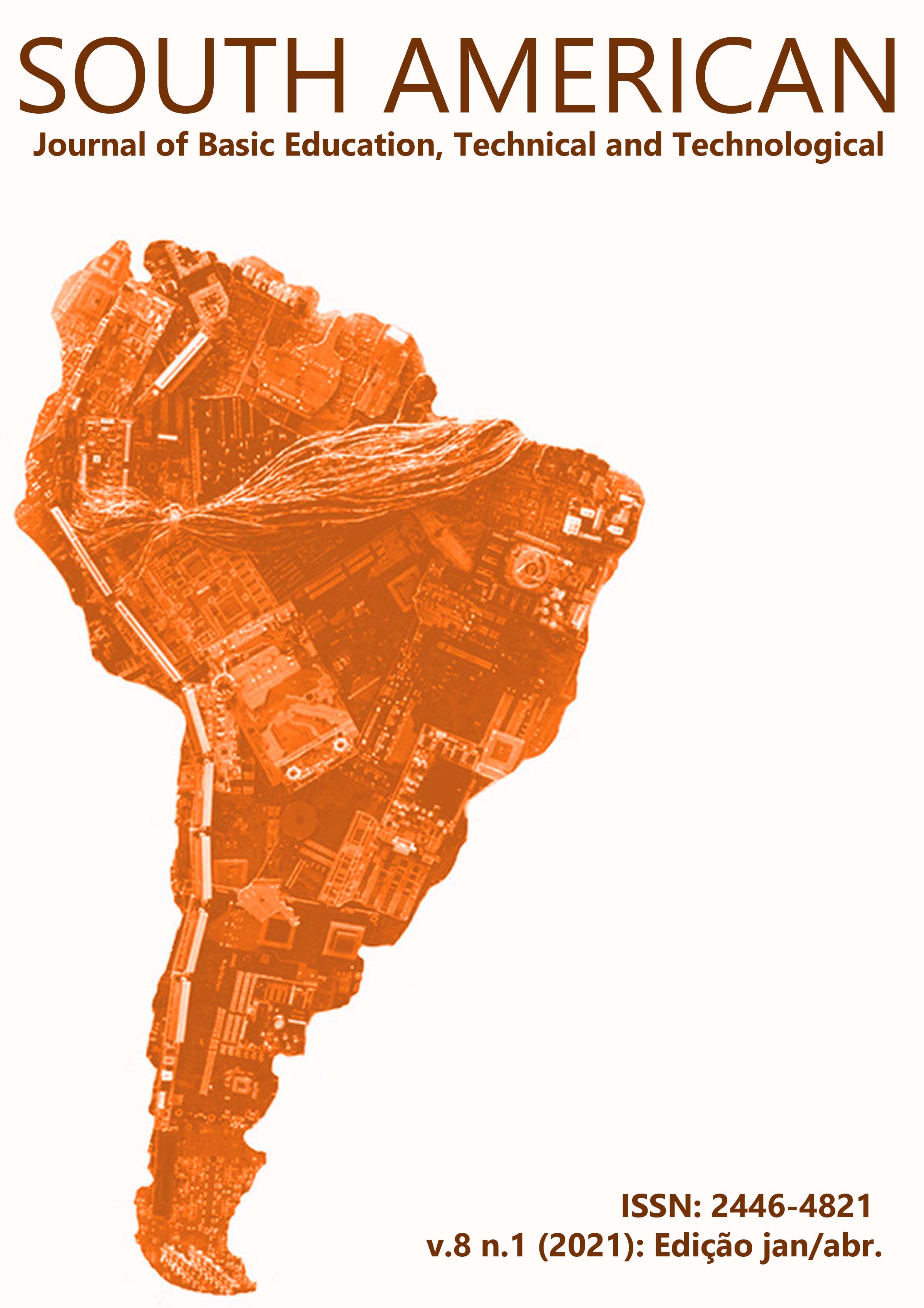A ESCOLA KARITIANA: DESAFIOS E PERSPECTIVAS NO CONTEXTO DE IMPACTOS SOCIOAMBIENTAIS DAS USINAS HIDRELÉTRICAS DO MADEIRA
Keywords:
Educação escolar indígena. Karitiana. Impactos.Abstract
This study analyzes the role of indigenous schools in the context of the social and environmental impacts caused by the construction of hydroelectric plants in the Karitiana Indigenous Land, Rondonia, Brazilian Amazon. The research focused on understanding if and how the school participated in the process of resistance and consultation, and whether it has contributed to the problems faced by these changes. It addresses the current conception of indigenous school education as differentiated, specific, intercultural and bilingual, viewing the school space as a place of critical reflection, exercise for citizenship and indigenous autonomy. The study points to the fact that, although indigenous school education was imposed as another territorial delimitator on indigenous peoples, through claims and struggles, it has become a tool to promote the political and technical empowerment of indigenous peoples. The methodological design adopted a qualitative approach to analyze a case study, included bibliographic and archive research, and also the conduction of semi-structured interviews with indigenous teachers and community members. Regarding the theoretical framework, we opted for studies addressing the theme of social-environmental impacts and indigenous education, which inform public policies and official documents. The results indicate that the Karitiana school still cannot break with the pre-established limitations of the education system and ignores latent issues in the community. The indigenous school still cannot structure itself as an institution that dialogues with the community to promote their autonomy and identity.
Downloads
References
FONSECA, Igor.et al. Audiências públicas: fatores que influenciam seu potencial de efetividade no âmbito do Poder Executivo federal. Revista do Serviço Público: fatores que influenciam seu potencial de efetividade no âmbito do Poder Executivo federal, Brasilia, v. 64, n. 1, p.07-29, 2013. Trimestral. Disponível em: www.ipea.gov.br/participacao/images/pdfs/participacao/artigo_rsp_2013.pdf>. Acesso em: 07 set. 2016.
LUCIANO, Gersem dos Santos O Índio Brasileiro: o que você precisa saber sobre os povos indígenas no Brasil de hoje. Brasília: Ministério da Educação, Secretaria de Educação Continuada, Alfabetização e Diversidade; LACED/Museu Nacional, 2006
.
_____________________Educação para o manejo e domesticação do mundo: entre a escola real e a escola ideal”. Tese de Doutoramento, Departamento de Antropologia, Brasília: Universidade de Brasília, 2011.
LEÃO, Auxiliadora Cruz. de Sá; AZANHA, Giberto; MARETTO, Luiz Carlos. Diagnóstico final e potenciais interferências nas terras indígenas karitiana, karipuna, lage, ribeirão e Uru-Eu-Wauwau. Brasília: Santo Antônio Energia, 2005.
LIMA, Maria Alice; KAPLAN, David.; DORIA, Carolina Rodrigues da Costa. Hydrological controls of fisheries production in a major Amazonian tributary. Ecohydrology, [s.l.], v. 10, n. 8, p.1-19, 10 out. 2017. Wiley-Blackwell. http://dx.doi.org/10.1002/eco.1899. Disponível em: <file:///C:/Users/Home/Downloads/Limaetal_2017 (2).pdf>. Acesso em: 12 jan. 2108.
MOSER, Lilian. Os Karitiana no processo de desenvolvimento de Rondônia nas décadas de 1950 a 1990. Recife: UFPE, 1997 (Dissertação de Mestrado).
OLIVEIRA, Suliane Coelho Ribeiro. A incidência de câncer na população indígena no Brasil e a subnotificação dos casos. Revista Brasileira de Oncologia Clínica, São Paulo, v. 11, n. 39, p.10-11, jan. 2015. Trimestral. Disponível em: <https://www.sboc.org.br/sboc-site/revista-sboc/pdfs/39/editorial.pdf>. Acesso em: 12 jan. 2017.
REPETTO, Maxim. A Formalização das Propostas Pedagógicas das Escolas Indígenas e a construção de Cidadanias Diferenciadas. Cadernos de Educação Escolar Indígena. PROESI. Organizadores Elias Januário e Fernando Selleri Silva. Barra do Bugres: UNEMAT, v. 6, n. 1, 2008.
REZENDE, Maria Aparecida. O território como um elemento indissociável da educação: um desafio para a formação de professores indígenas. Revista Pedagógica, Chapecó, v. 17, n. 34, p. 75-91, jan/abr.2015
HAESBAERT, Rogerio.O mito da desterritorialização: Do “fim dos territórios” à multiterritorialidade. Rio de Janeiro: Bertrand Brasil, 2004.
SARDE NETO, Emilio.Cosmografia karitiana: território, educação e identidade étnica em Rondônia. Dissertação. Universidade Federal de Rondônia, 2013.
VANDER VELDEN, Felipe . De volta para o passado: territorialização e ‘contraterritorialização’ na história karitiana. Sociedade e Cultura, Goiânia, v. 13, n. 1, p.55-65, 2010. Semestral. Disponível em:Http://www.redalyc.org/pdf/703/70315011006.pdf>. Acesso em: 12 de maio. 2020.
_________________ O cheiro doentio do contato: doença, história e degradação ambiental entre os Karitiana na Amazônia ocidental. Dossiê - Amazônia: Sociedade e natureza, v. 17, p. 85–120, 201










